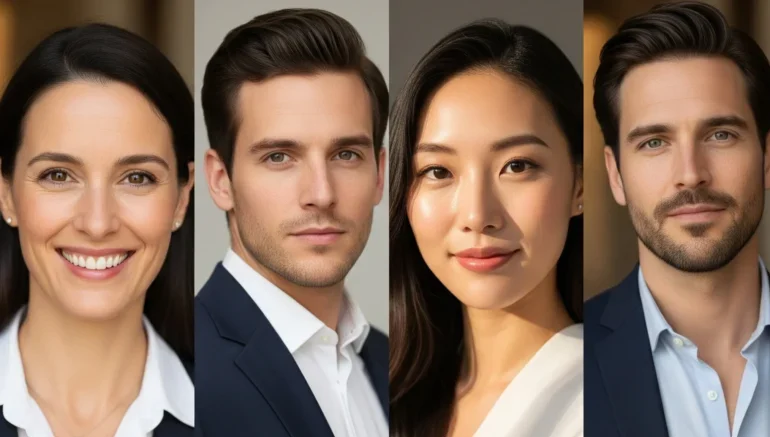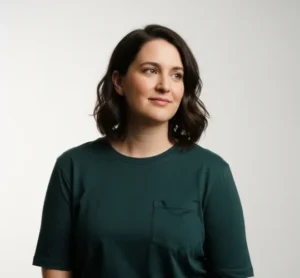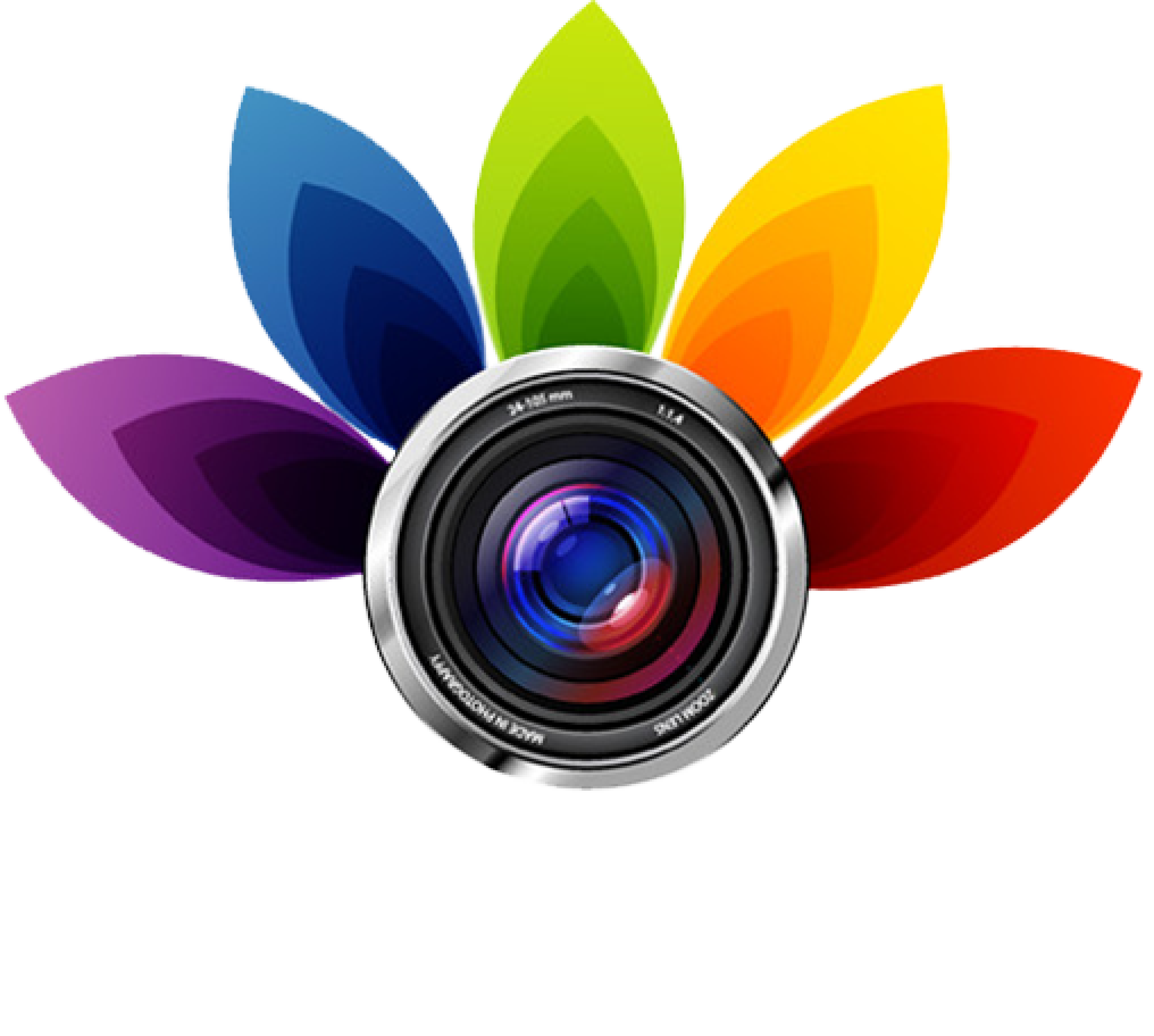
Top 4 Headshot Skills for Professionals to Look Their Best
Headshot photography is more than just taking a picture of someone’s face. It’s about showing who they are in a single frame. If you’re shooting for a professional profile, an acting portfolio, or just for fun, the goal is to make the subject look their best. This requires a mix of technical skills and people skills. It’s not just about looking good, there are specific headshot skills that help you come across as approachable and polished. Learning these skills can make the difference between a photo that feels stiff and one that truly represents you.
Many people don’t realize how much their pose, expression, and even clothing affect the final result of a headshot. Small changes in these areas can change the way others see you in a positive way. This article will guide you through four important headshot skills every professional should perfect. With simple tips and a little practice, you’ll be ready to present your best self in any photo.
4 Headshot Skills for Every Professional
 When it comes to making a strong impression through photos, having good headshot skills can set you apart. A great headshot shows not just your face but a bit of your personality and professionalism. This is especially important for professionals who use photos for resumes, social media, business profiles, or auditions. Learning these four headshot skills will help you feel more confident and look approachable in every photo. Let’s dive into what these skills are and how to improve them.
When it comes to making a strong impression through photos, having good headshot skills can set you apart. A great headshot shows not just your face but a bit of your personality and professionalism. This is especially important for professionals who use photos for resumes, social media, business profiles, or auditions. Learning these four headshot skills will help you feel more confident and look approachable in every photo. Let’s dive into what these skills are and how to improve them.
Pose Naturally
One of the most important headshot skills is knowing how to pose without looking stiff or uncomfortable. A natural pose can make your photo feel warm and inviting. When you’re tense or unsure, it shows on camera, so the goal is to relax your body while keeping a good posture.
Start by standing or sitting with your shoulders back but relaxed. Slightly turning your body to one side instead of facing the camera straight on often looks better. Tilt your chin just a little down or up to avoid shadows on your face. Practice small changes in front of a mirror to see what looks best.
 Tips for natural posing:
Tips for natural posing:
- Keep your chin relaxed and avoid lifting it too high.
- Let your arms rest gently, don’t press them against your body.
- Shift your weight slightly to one leg if standing.
- Think about something positive or breathe deeply to ease tension.
With practice, posing will feel less like a chore and more like a chance to express yourself.
Use Facial Expressions to Show Confidence
Facial expressions are a big part of strong headshot skills. Your face is what draws people in, so it’s important to show the right mood for the photo. A smile usually works best to seem friendly and approachable, but it should be genuine, not forced.
Try smiling with your eyes as well as your mouth, this is often called a “smize.” It helps convey warmth and confidence. Avoid looking too serious or too casual; the goal is a balanced, welcoming look. If you’re nervous, try practicing different expressions in a mirror until you find your best one.
 Helpful expression tips:
Helpful expression tips:
- Smile softly, not too wide or tight.
- Relax your forehead and jaw.
- Practice a slight squint to add warmth to your eyes.
- Imagine you’re greeting a friendly person just off-camera.
These small changes in your expression can make a big difference in how people perceive you.
Choose the Right Clothing
Another key headshot skill is selecting what to wear so your clothing supports your look without distracting from your face. Solid colors usually work best because patterns or logos can draw attention away from your expression. Think about colors that complement your skin tone and the background of the photo.
Avoid clothes that are too glowing or busy, and keep accessories minimal. If you’re unsure, neutral colors like navy, gray, white, or soft pastels often create a clean and professional look. The fit of your clothes matters too, it should be comfortable but neat.
 Some clothing tips for better headshots:
Some clothing tips for better headshots:
- Choose tops with simple necklines to keep the focus on your face.
- Avoid shiny or reflective materials.
- Make sure your outfit fits well and is free of wrinkles.
- Consider the setting and dress accordingly (business, casual, creative).
When your clothing fits well with the overall photo, your personality shines through more clearly.
Dress to Impress! Get 20% Off Stylish Outfits Perfect for Professional Headshots!
Preparing Mentally and Physically Before a Photoshoot Session
Having good headshot skills means preparing yourself before the camera even starts clicking. How you feel affects how you look, so taking care of your body and mind ahead of time is important. This includes everything from rest and hydration to practicing poses and expressions.
Make sure to get enough sleep the night before and drink water to keep your skin looking fresh. Plan your outfit and grooming so you’re not rushing on the day of the photo. Taking a few minutes to relax and breathe before the shoot can help calm nerves and give your face a natural glow.
 Some useful preparation steps:
Some useful preparation steps:
- Do light stretches or gentle exercises to release tension.
- Avoid heavy makeup or new products that might cause irritation.
- Look at photos you like to inspire your pose and expression.
- Bring a friend or coach if you want feedback during the shoot.
Being ready both physically and mentally will help you present your best self, making your headshot more authentic and appealing.
Conclusion
Developing headshot skills is important for taking a photo that truly represents who you are. From practicing natural poses to expressing confidence through your facial expressions, these small yet powerful techniques can elevate the quality of your headshot. Thoughtful clothing choices and color coordination also play a key role in making sure your appearance is polished without stealing focus. Beyond the technical aspects, mental and physical preparation can make a noticeable difference in how relaxed and confident you appear in front of the camera. If you’re preparing for a professional portfolio or updating your social media, honing your headshot skills will help you leave a lasting impression. With consistent practice and attention to detail, anyone can improve their ability to shine in front of the lens.





